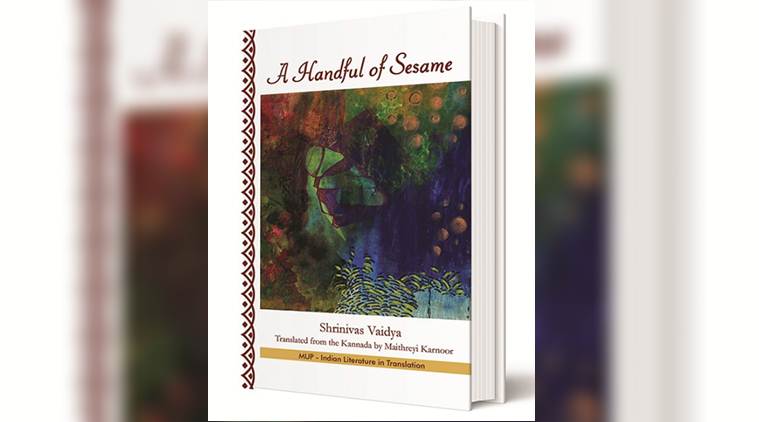Written by N S Gundur |Published: January 19, 2019 12:49:22 am
Tracing an Epoch
An evocative novel that reconstructs the time from 1857 till Gandhi’s assassination.

Shrinivas Vaidya’s Halla Bantu Halla (2004), which won him both the Karnataka Sahitya Akademi Award and the national Sahitya Akademi award, has been hailed by several critics as one of the best Kannada novels. Although it cannot be ranked as a modern classic in the Kannada literary culture, it draws our attention for various reasons.
As an exercise in documentary realism, the novel reconstructs the biography of an epoch, from 1857 to the times around Gandhi’s assassination, without any indulgence. In the looming presence of the political events that unfold, the episodes in the Panth family in Navalgund give a slice of the middle-class experience in north Karnataka, a part of the then Bombay province. Thus, the story of an epoch and the lives of three generations of the Panths form the plot in such a way that we feel here the presence of an artist who paints plain portraitures, none of which is manipulated to haunt the beholder — it is simply a projection.
Two men from the Kashi and Kanpur region arrive at Navalgund at the time of the 1857 mutiny. One of them — Padmanabh — is put to death by the authorities of the East India Company and the other — Kamalnabh— settles down in Navalgund after being manipulated by a local Brahmin into marrying his daughter. The rest of the story is about what happens to the sons and grandsons of Kamalnabh Panth. Marriages, births, development of different kinds of relationships, deaths — things that form the cycle of life — take place. But none of these is either idealised or trivialised in the story. As history comes alive, human life is historicised.
The supreme achievement of this novel is that it gives a detached account of people who experience the coming of colonial modernity without the sound and fury. The novel, again, does not set the theme of tradition and modernity into conflict with each other as most novels in India do. It just narrates how western institutions and practices — such as schools, government, press, new professions, means of transport, English medicine and, lastly, the construction of a bridge — become part of provincial life and create a new consciousness. People experience the fruits and pains of modernity, but they adjust themselves to this form of life without making any fuss about it.
The use of the north Karnataka dialect of Kannada is a striking feature of this novel. While creating the ethos of the Madhva Brahmin way of life through the dialect, the novelist rarely allows the standardised Kannada peep into the narrative. Perhaps due to such deep-rooted cultural specificities and the use of a highly specialised sociolect, some earlier attempts to translate this novel into English have been abandoned. But Maithreyi Karnoor’s translation of it into English as A Handful of Sesame (2018) promises an immense future for the republic of translating Indian texts into English. It breaks the myths associated with translating Indian literature into English such as the problem of translating regional nuances, both linguistic and cultural, among others. This translation, thus, makes Manipal University Press’ Indian Literature in Translation series useful and worthwhile.
Maithreyi’s translation itself has come out as a good piece of work almost adding grace to the original. It reads like an English novel. She has overcome the obstacles of the translator, such as the problem of being completely faithful to the original, by breaking the Kannada syntactic structures and by recreating the regional world in an idiom of English that does not deny aesthetic pleasure and a deep understanding of the culture to the reader. This is, for example, quite visible in the way she has recreated the title of the novel and the titles of the chapters, without tampering with the intentions of the original. It is a superb work of translation, and hence, one may suggest it as a model for translation aspirants.
(The writer is professor, department of studies and research in English, Tumkur University.)






















No hay comentarios:
Publicar un comentario